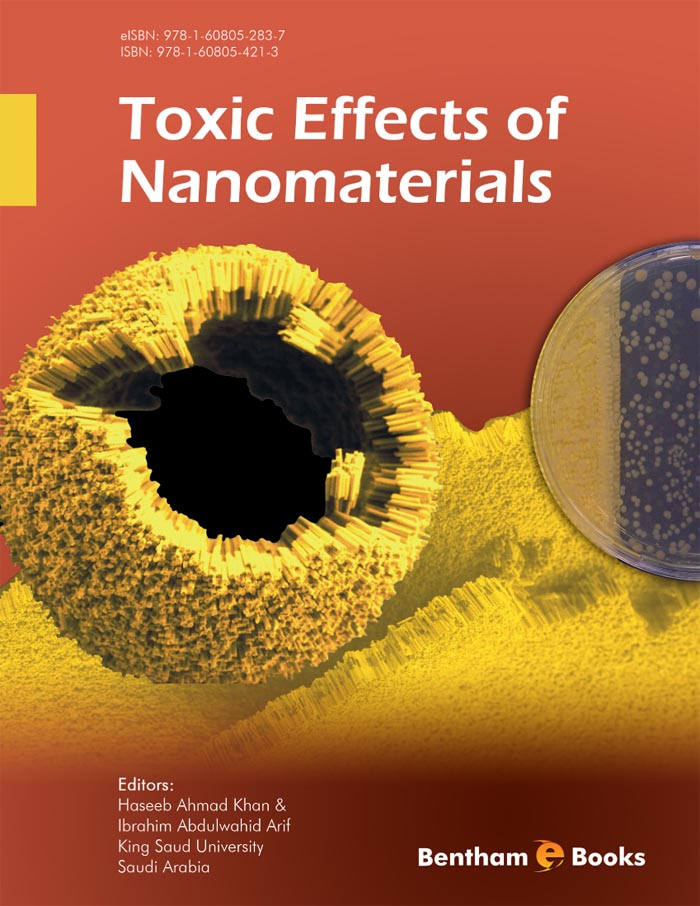Foreword
Biomedical, technological, and consumer product oriented applications of engineered nanomaterials is an expanding global phenomenon that is outpacing our scientific and quantitative understanding of potential toxicological consequences from nanomaterial exposure. This has hastened on an international scale the intensity of efforts to investigate the environmental and human health and safety risk from nanomaterial exposure. In 2001 the United States established the National Nanotechnology Initiative (NNI) program to coordinate National nanotechnology research. Since 2008 a key NNI focus has been on developing a National strategy for assessing nanotechnology-related environmental, health, and safety research. In March 2009 the European Union (EU) was the first in the world to establish strict regulatory guidelines imposing stringent workplace practices and requiring that nanomaterials be proven safe before used in products to prevent exposure to potentially toxic materials.
Considerable challenges exist however, in the endeavor to quantify the safety of nanomaterials given their diversity in terms of size, shape, charge, composition, solubility, and the wide range of processes used to synthesize and incorporate them into products. There is an added challenge that nanomaterials maybe transformed upon contact with biological systems and in the environment. Overcoming these challenges is encumbered by the lack of sensitive analytical techniques to detect and quantify nanomaterials in biological matrices, the environment, and in the workplace. This has spurred efforts to develop standardized nanomaterials for use in toxicological testing as well as standardized methods to characterize their physicochemical properties. Again the EU is leading this charge as in February 2011 the European Commission's Joint Research Centre launched the first European repository of nanomaterials comprising of 25 nanomaterial standards. These can be used to investigate important questions as to which physicochemical properties most affect nanomaterial interactions with epithelial tissues, cytotoxicity, and transport through biological and environmental systems.
Comprehensive documentation of results as presented in this book, “Toxic Effects of Nanomaterials”, is one important mechanism to communicate the status of this emerging field of Nanotoxicology for which few previous examples exist. A key feature of this book is inclusion of studies investigating potential toxicity of nanomaterial exposure to plants and aquatic life in the environment for which far less is known as the research community has focused mostly on assessing human health concerns particularly from skin and respiratory exposure. In summary, this timely book presents a state of the art view of all aspects of this complex Nanotoxicology field and is a contribution that will serve as a foundational guide in this field and the truth about the safety of nanomaterials evolves.
Lisa A. Delouise
Departments of Dermatology and Biomedical Engineering
University of Rochester Medical Center, USA

